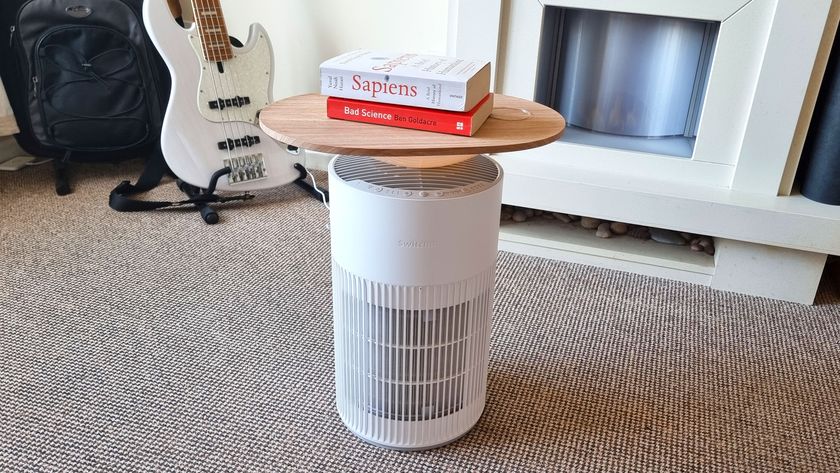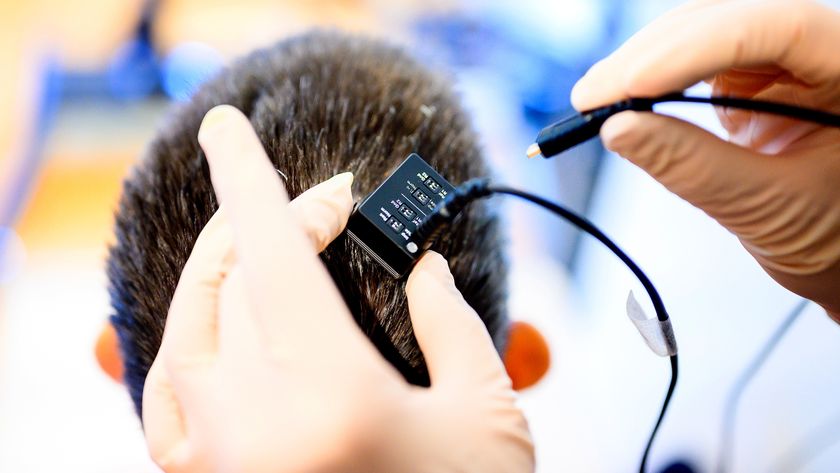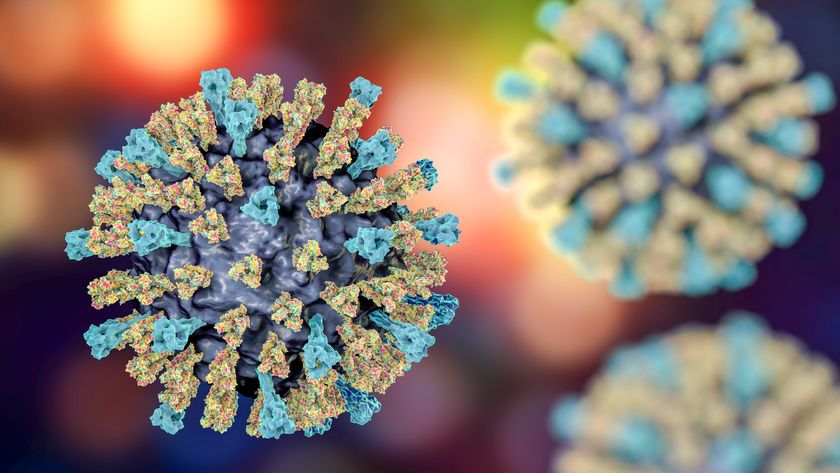Stem Cells Could Replace Plastic Surgery
Silicone breast implants and botox could one day be things of the past thanks to promising new techniques that would allow doctors to work plastic surgery miracles using only a patient's own stem cells.
Traditionally, plastic and reconstructive surgery has relied heavily on fillers. Bags full of saline or silicone are used to plump up breasts. Chunks of fat are taken from one area of the body and grafted into another. These techniques, which like other body enhancement procedures have soared in popularity in recent years, can work successfully but they also have drawbacks.
Dr. J. Peter Rubin, assistant professor of plastic and reconstructive surgery at the University of Pittsburgh School of Medicine, said using fillers requires invasive surgery and the results may not look ideally natural. In the case of fat grafts, they also might not last as long as a patient would like, as fat transferred whole to a new part of the body has a tendency to break down as time goes on.
Replacing these fillers with stem cells could solve the problems.
Stem cell magic
Stem cells are cells that have the ability to make more of themselves and to differentiate into special types of cells, like skin or other tissue types. Some stem cells, called pluripotent or multipotent, are capable of turning into many different kinds of cells and growing wide varieties of tissues ranging from bone to neurons to organs and muscle. While embryonic stem cells are the most well-known type (and the type that raises controversy), not all pluri- and multi-potent cells come from embryos.
Certain so-called adult stem cells, which we make in our bodies, also have these abilities and would most likely be the cells used in plastic surgery.
Sign up for the Live Science daily newsletter now
Get the world’s most fascinating discoveries delivered straight to your inbox.
"If we can capitalize on stem cell biology, we can use those cells to reconstruct lost tissue or construct new tissue in a less invasive way," Rubin said.
In order to do this, he said, researchers would separate out multi- or pluripotent adult stem cells and grow them in a petri dish. Depending on how they're grown and what materials they're grown in, the stem cells can be coaxed into taking on different specialties, such as fat or cartilage. Those cells would then be injected into the patient, where they would continue to grow and divide, creating a small amount of natural tissue. No surgery required.
According to Rubin and colleagues, these techniques could one day be used to fill out wrinkles on an aging face, replace breast tissue lost to cancer treatment, or even grow a natural breast implant.
Fat chance
While these applications are still a ways out, plastic surgeons in Europe and Asia are already using stem cells to get better results for their patients. To do this, they're harvesting stem cells from an unlikely place — human fat.
Turns out, fat is an ample source of multi- and pluripotent stem cells. Science has known for decades that fat tissue is home to a large population of immature cells that have the ability to grow into new fat cells. Rubin said that around 2000 and 2001, researchers began to realize that these "pre-fat cells" were actually stem cells that could become not just fat, but cartilage, bone, and even neurons and heart muscle. And, unlike other tissues rich in stem cells, such as bone marrow, fat tissue is easy to extract. All you need is liposuction.
Today, as part of ongoing clinical trials and regular practice, doctors outside the United States are taking stem cells from liposuctioned fat and using them to make traditional fat grafts more effective.
Tom Baker, director of investor relations for Cytori, a San Diego-based company that makes machines for processing fat stem cells in the operating room, described how it works: First, a doctor liposuctions fat from a patient. Half that fat gets set aside, while the other half is processed to pull out a mixture of cells rich in stem cells. That mixture is then injected back into the reserved fat, which is grafted into place inside the patient.
The result is a fat graft supercharged with stem cells.
Healthier cells
A Japanese study and a Cytori-funded study presented at the San Antonio Breast Cancer Symposium in December 2007 have shown that the supercharged grafts, unlike normal fat grafts, maintain a more natural shape and don't wither away. The difference is extremely important to patients. The Japanese study, for instance, was conducted on women who'd lost part of a breast to cancer and wanted the reconstructive surgery to look as normal as possible.
Supercharged fat grafts work because stem cells do more than just grow new cells, said Rubin's colleague Dr. Keith March, a professor of medicine, cellular and integrative physiology, and biomedical engineering at the Indiana University School of Medicine. They also support cells and tissues, making them healthier.
"It's just like the trunk of a tree," March said. "It gives rise to branches and roots, but it's also involved in providing the nutrient supply. Stem cells are involved in maintaining and repairing the tissues around them."
- Fix Me: Nips and Tucks Soar
- Body Construction: Top 10 Crimes Against Nature
- The Top 10 Worst Heredity Conditions













